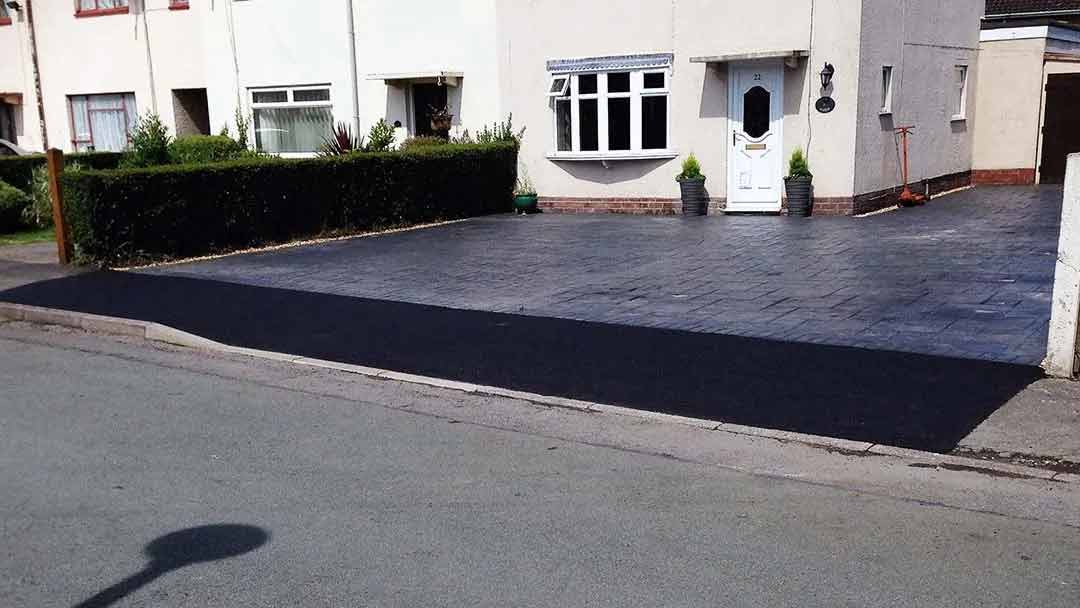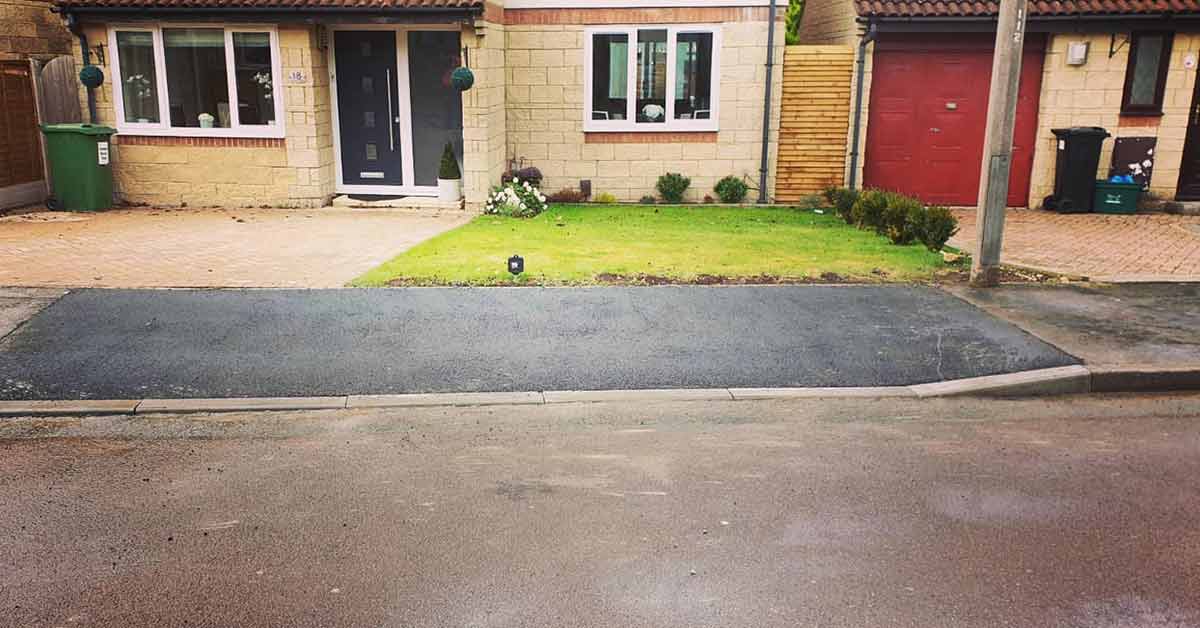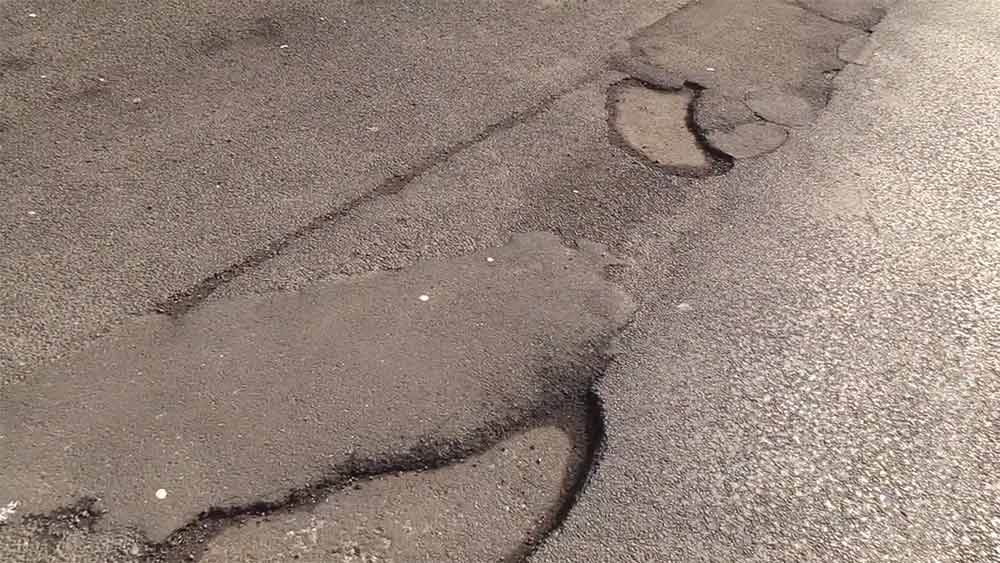
Are Councils Responsible for Pavements?
In the United Kingdom, local councils have a legal obligation to maintain pavements, but what about their responsibility for dropped kerb issues? Under the Highways Act 1980, councils are responsible for ensuring that pavements are safe for pedestrians. However, the specific liability for dropped kerb pavement issues may vary. Let’s explore this further.
Key Takeaways:
- Local councils in the UK have a legal responsibility to maintain pavements.
- They are expected to carry out regular inspections and address maintenance issues.
- Budget constraints can impact their ability to maintain pavements adequately.
- Showing evidence of significant defects, such as potholes or raised edges, can help establish liability for accidents.
- Utility companies, district councils, borough councils, and Sussex Police also have responsibilities related to pavements.
Understanding Councils’ Maintenance Duties
Local councils in the UK are expected to fulfill a range of maintenance duties to ensure the safety and usability of pavements. These duties include adhering to roadwork policies and conducting regular inspections to identify and address any potential issues. By maintaining pavements, councils contribute to the overall well-being and convenience of pedestrians.
Proper maintenance offers several benefits. First and foremost, it enhances pedestrian safety by minimizing the risk of accidents and injuries. Well-maintained pavements also provide a smooth surface for walking and ensure easy accessibility for all individuals, including those with mobility aids or parents with pushchairs.
Moreover, councils’ maintenance duties extend beyond the physical condition of pavements. They are responsible for ensuring that utility companies working on pavements prioritize pedestrian safety and restore the area once their work is completed.

District and borough councils play a role in maintaining street furniture and addressing issues caused by illegally parked vehicles. Additionally, Sussex Police is responsible for removing obstructions caused by vehicles parked across driveways.
Overall, local councils shoulder the responsibility for maintaining pavements and making them safe and accessible for pedestrians. However, it is important to acknowledge that budget and resource constraints can impact their ability to fulfill these duties in a timely manner. Nevertheless, by recognizing the significance of proper maintenance, councils can strive to prioritize the well-being of pedestrians on their local roads.
| Timelines for Addressing Reported Problems: | Timeframe: |
| Dangerous faults | Within 2 hours |
| Safety hazards | Within 7 days |
| Routine faults | Within 28 days |
| Drainage maintenance and investigations | Varies based on severity |
Liability for Dropped Kerb Pavement Issues
To establish liability for dropped kerb pavement issues, it is important to gather sufficient evidence to demonstrate that the council failed to adequately maintain the pavement. This can include evidence of a significant defect, such as a pothole or raised edge, that poses a tripping hazard. Taking photos and gathering witness statements can be essential in supporting a claim.
According to the Highways Act 1980, local councils in the UK have a responsibility to maintain pavements in a safe condition for pedestrians. However, budget constraints often limit their ability to properly fulfill this duty. It is crucial for individuals who have experienced accidents or injuries due to dropped kerb pavement issues to understand their rights and the necessary steps to hold the responsible council accountable.
In cases involving dropped kerb liability, it is imperative to provide evidence that the council had knowledge of the defect and failed to address it within a reasonable timeframe. This evidence should be documented and can greatly strengthen a claim. Proving negligence on the part of the council can be challenging, but by gathering photos and witness statements that clearly demonstrate the hazardous condition of the pavement, individuals can present a strong case for liability.
| Severity of Fault | Expected Response Time |
| Dangerous Fault | Within 2 hours |
| Safety Hazard | Within 7 days |
| Routine Fault | Within 28 days |
Obtaining Compensation
If you have been injured or suffered damages due to dropped kerb pavement issues, it is important to consult with a legal professional who specializes in personal injury claims. They can guide you through the process of gathering evidence, assessing liability, and seeking compensation for your injuries or losses. Remember, evidence is crucial in establishing liability, so be sure to document the condition of the pavement and gather witness statements as soon as possible.
By taking action and holding the responsible council accountable for their negligence, you not only seek compensation for your own injuries but also help ensure the safety of pedestrians in your community. Together, we can work towards maintaining well-maintained and safe pavements for everyone’s benefit.
Other Responsibilities Related to Pavements
In addition to maintaining pavements, other entities have specific responsibilities related to pedestrian safety and the overall condition of the streets. Utility companies, for example, play a vital role in ensuring pedestrian safety when they carry out work on pavements. It is their duty to make sure that the area is safe for pedestrians during and after their work is completed. This includes restoring the pavement to its original condition once their work is finished.
District and borough councils are responsible for the maintenance of street furniture, such as benches, litter bins, and streetlights. It is their duty to ensure that these elements are kept in good working order and do not pose any safety hazards to pedestrians. They also handle issues related to illegally parked vehicles, which can obstruct pavements and disrupt pedestrian flow.
Sussex Police, on the other hand, has a role in removing obstructions caused by vehicles parked across driveways. This helps to maintain accessibility and ensure the smooth flow of traffic. Their efforts contribute to pedestrian safety and ensure that residents have unimpeded access to their properties.
| Entity | Responsibility |
| Utility companies | Ensuring pedestrian safety during and after work; restoring pavements |
| District and borough councils | Maintaining street furniture; addressing illegally parked vehicles |
| Sussex Police | Removing obstructions caused by parked vehicles |
Therefore, while local councils have the primary responsibility for maintaining pavements, these other entities have crucial roles in ensuring pedestrian safety, maintaining the overall condition of the streets, and addressing specific issues that may arise.
Timely Resolution of Pavement Problems
Local councils are expected to respond to reported pavement problems within specific timeframes based on the severity of the issue. This ensures the safety and convenience of pedestrians and maintains the overall quality of the pavement infrastructure. The following are the typical response times that councils aim to achieve:
- Dangerous faults: These are high-priority issues that pose an immediate risk to public safety. Local councils strive to address such faults within 2 hours of being reported.
- Safety hazards: Issues that are not immediately dangerous but still require prompt attention fall under this category. Examples include loose tiles or uneven surfaces. Councils aim to resolve safety hazards within 7 days of receiving a report.
- Routine faults: These are non-urgent matters that still need to be addressed in a timely manner to prevent further deterioration. Councils typically aim to rectify routine faults within 28 days.
It is important to note that drainage maintenance and detailed investigations may require additional time, depending on the complexity and severity of the problem. These issues typically involve assessing the underlying cause of the problem and implementing appropriate solutions.
By adhering to these response times, local councils demonstrate their commitment to ensuring the effective maintenance of pavements and the safety of pedestrians. However, it is important to understand that certain factors, such as budget constraints and resource availability, may impact their ability to meet these targets consistently.
| Severity | Response Timeframe |
| Dangerous faults | Within 2 hours |
| Safety hazards | Within 7 days |
| Routine faults | Within 28 days |
Local councils play a crucial role in maintaining pavements and ensuring the safety and accessibility of pedestrians. While keeping up with the demands of pavement maintenance can be challenging, councils strive to address reported problems in a timely manner to the best of their abilities.
Conclusion
In conclusion, while local councils have a legal responsibility to maintain pavements, budget and resource limitations can impact their ability to fulfill this duty effectively. Under the Highways Act 1980, councils are expected to keep pavements in a safe condition for pedestrians by conducting regular inspections and promptly addressing maintenance issues. However, limited financial resources often pose challenges in carrying out necessary repairs and upkeep.
Proving liability for accidents related to pavement issues can also be a complex process. To make a successful claim against the council, it is crucial to provide evidence of a significant defect, such as a pothole or raised edge, that poses a tripping hazard. This may involve gathering photos and witness statements to support the case.
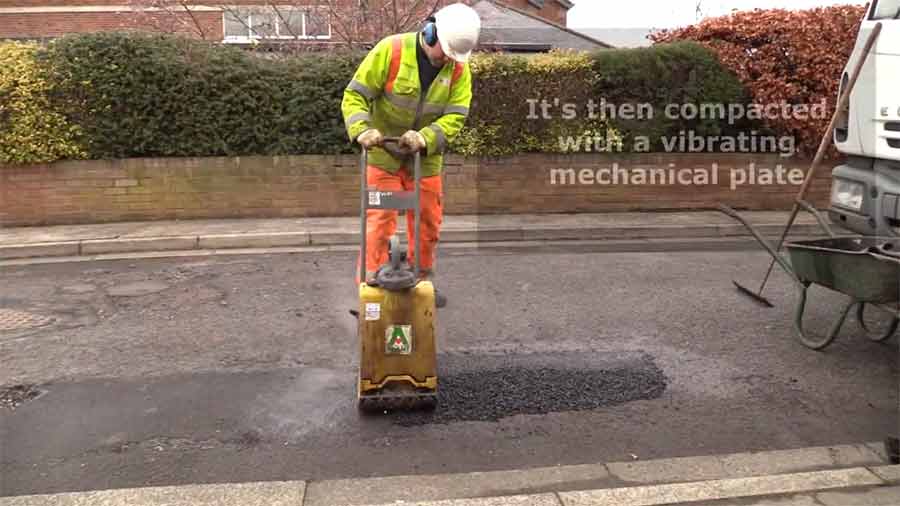
Responsibilities related to pavements extend beyond local councils. Utility companies must ensure pedestrian safety when working on pavements and restore the area after completing their work. District and borough councils handle street furniture maintenance and address issues caused by illegally parked vehicles. Sussex Police is responsible for removing obstructions caused by vehicles parked across driveways, ensuring access for residents.
When reporting pavement problems, the response time from the council varies depending on the severity of the issue.
Dangerous faults, such as large potholes or significant hazards, should be addressed within 2 hours. Safety hazards, such as loose paving stones or minor defects, should be resolved within 7 days. Routine faults, like general wear and tear, should be rectified within 28 days. Drainage maintenance and investigations may require additional time, depending on the complexity of the problem.
While the legal duty of councils to maintain pavements is clear, the challenges they face in terms of budget and resources cannot be overlooked. Finding a balance between limited funds and the need for safe and well-maintained pavements remains an ongoing struggle for local authorities in the UK.
Call us to get a price quote on a drop-kerb. Contact us today on 07595 510190 to receive a free quote or visit our website.
Related Posts
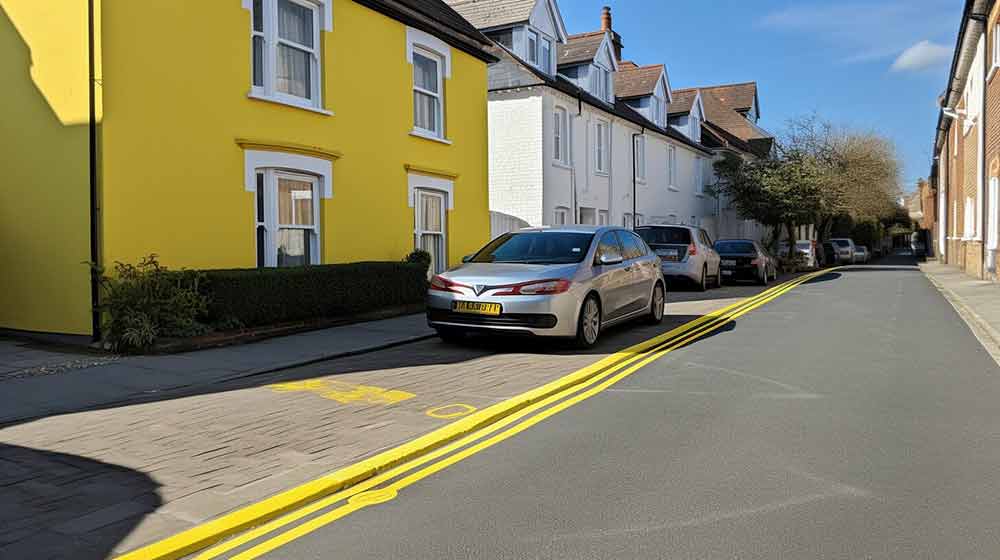
Does a Dropped Kerb Mean No Parking?
In the United Kingdom, parking on a dropped kerb can result in a Penalty Charge Notice (PCN) and a fine of up to £90. Dropped kerbs are lowered sections

Are Dropped Kerbs Enforceable?
Are you tired of constantly wondering if those dropped kerbs you encounter on the streets are actually enforceable? Look no further! In this article, we
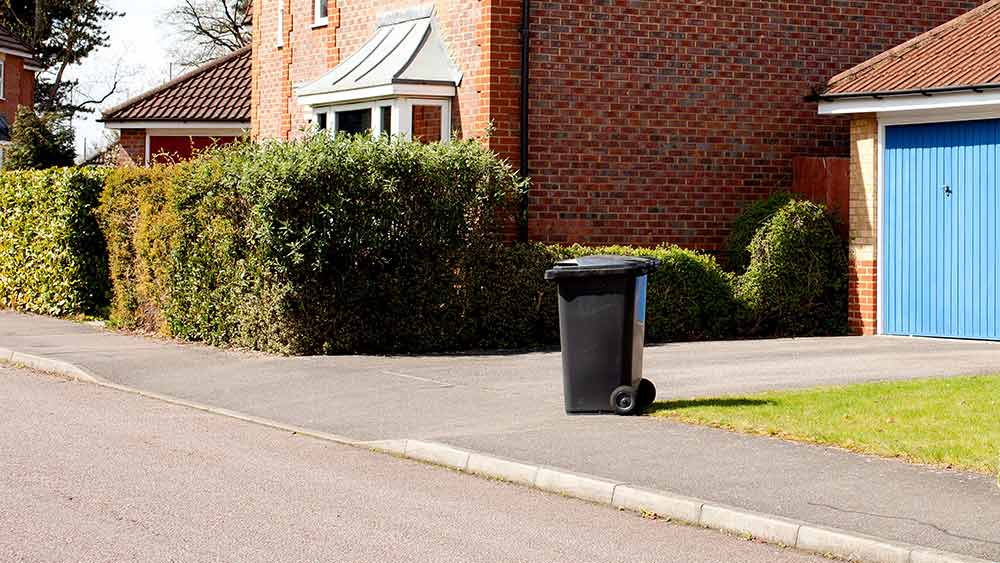
Can I Legally Park on a Grass Verge?
Have you ever wondered if you can legally park on a grass verge? Well, the answer is not as straightforward as you might think. In
Working with dropped kerbs can be a challenging task, but it doesn't have to be. Installing or widening an existing Read more
This article will explore the legal implications of owning the pavement outside one's house in the United Kingdom. It is Read more
Kerb ramps, or driveway curb ramps, are fixtures that are designed to facilitate the passage of wheeled vehicles along a Read more

